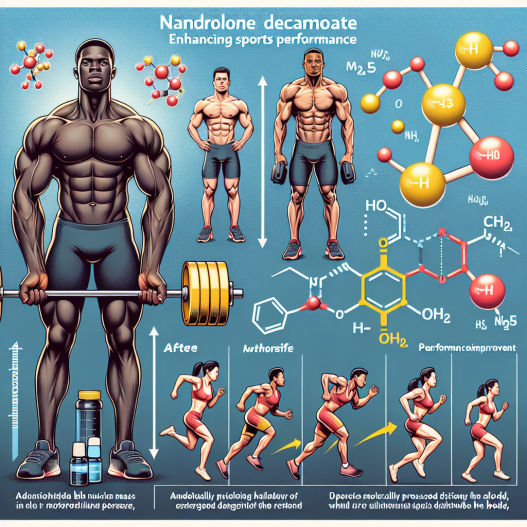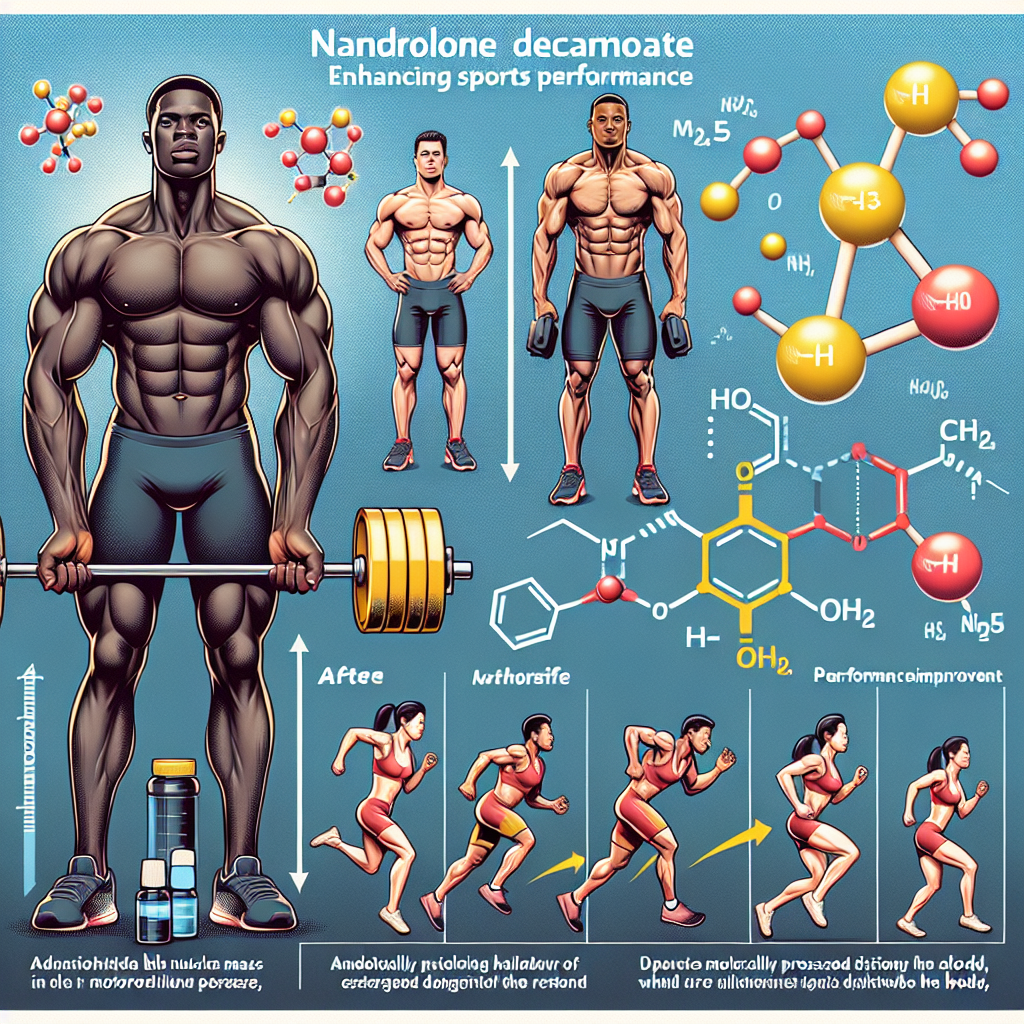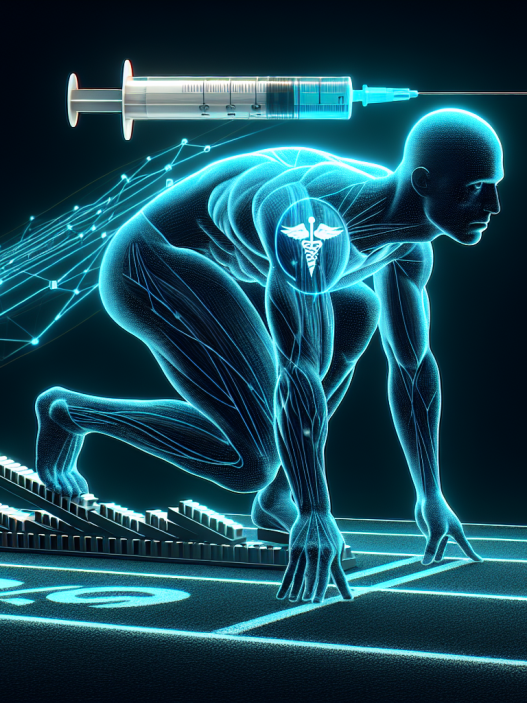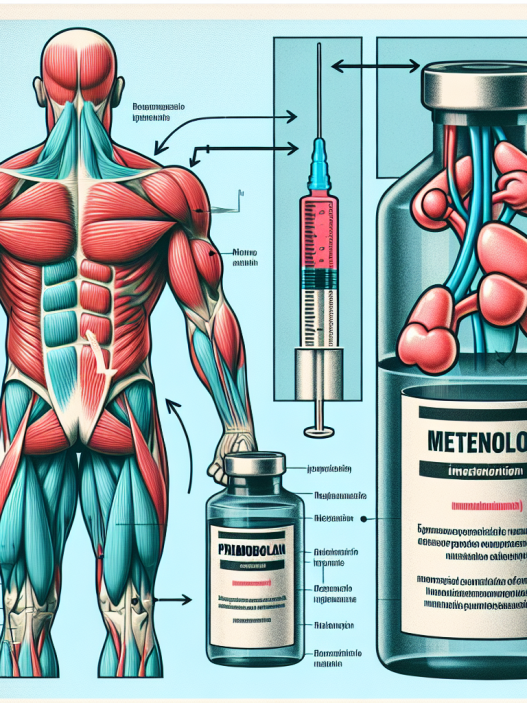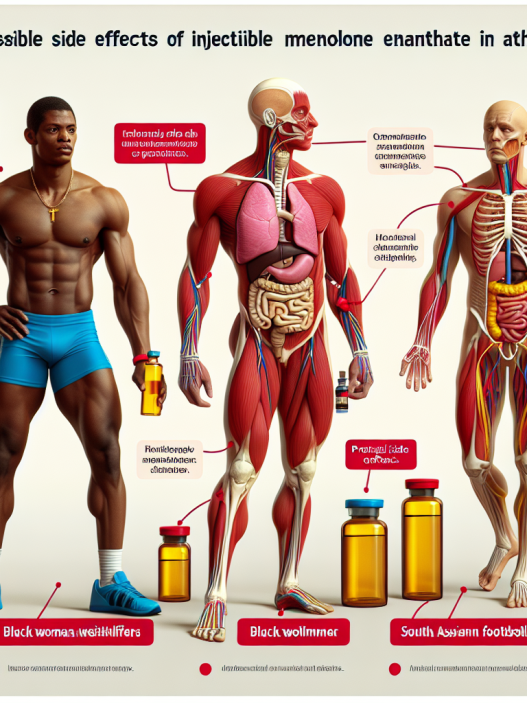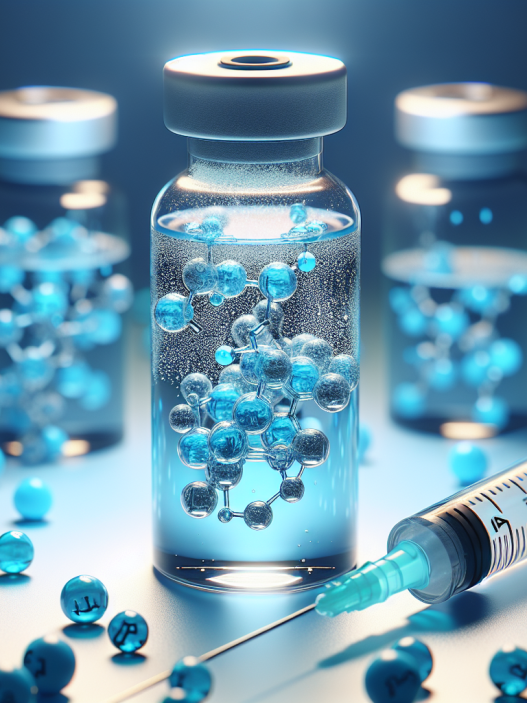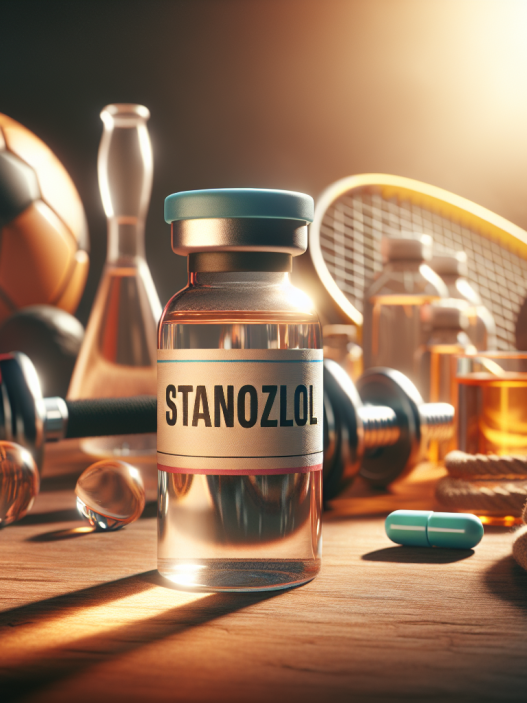-
Table of Contents
- The Effects of Nandrolone Decanoate on Improving Sports Performance
- The Mechanism of Action of Nandrolone Decanoate
- The Effects of Nandrolone Decanoate on Sports Performance
- The Risks and Side Effects of Nandrolone Decanoate
- Real-World Examples of Nandrolone Decanoate Use in Sports
- Expert Opinion on Nandrolone Decanoate Use in Sports
- Conclusion
- References
The Effects of Nandrolone Decanoate on Improving Sports Performance
Sports performance is a highly competitive field, with athletes constantly seeking ways to improve their performance and gain an edge over their opponents. One method that has gained popularity in recent years is the use of performance-enhancing drugs, specifically anabolic-androgenic steroids (AAS). Among these, nandrolone decanoate has been widely used by athletes for its purported ability to improve sports performance. In this article, we will explore the effects of nandrolone decanoate on sports performance and the potential benefits and risks associated with its use.
The Mechanism of Action of Nandrolone Decanoate
Nandrolone decanoate is a synthetic derivative of testosterone, the primary male sex hormone. It works by binding to androgen receptors in the body, stimulating protein synthesis and increasing muscle mass and strength. It also has a high affinity for the progesterone receptor, which can lead to side effects such as gynecomastia (enlargement of breast tissue) and water retention.
One of the main reasons for the popularity of nandrolone decanoate among athletes is its long half-life, which allows for less frequent injections compared to other AAS. This makes it a convenient choice for athletes who want to avoid the hassle of frequent injections.
The Effects of Nandrolone Decanoate on Sports Performance
The use of nandrolone decanoate has been linked to several potential benefits for athletes, including:
- Increased Muscle Mass: Nandrolone decanoate has been shown to increase muscle mass and strength in both trained and untrained individuals. A study by Griggs et al. (1989) found that participants who received nandrolone decanoate injections gained significantly more muscle mass compared to those who received a placebo.
- Improved Recovery: AAS, including nandrolone decanoate, have been reported to improve recovery time between training sessions. This is due to their ability to increase protein synthesis and reduce muscle breakdown, allowing athletes to train more frequently and intensely.
- Enhanced Endurance: Nandrolone decanoate has also been reported to improve endurance in athletes. A study by Hartgens et al. (2004) found that participants who received nandrolone decanoate injections had a significant increase in their VO2 max, a measure of aerobic capacity.
- Increased Red Blood Cell Production: AAS have been shown to stimulate the production of red blood cells, which can improve oxygen delivery to muscles and enhance endurance. This is particularly beneficial for endurance athletes, such as long-distance runners and cyclists.
The Risks and Side Effects of Nandrolone Decanoate
While nandrolone decanoate may offer potential benefits for athletes, it is important to note that its use also carries significant risks and potential side effects. These include:
- Cardiovascular Effects: AAS have been linked to an increased risk of cardiovascular events, such as heart attacks and strokes. This is due to their ability to increase blood pressure and alter cholesterol levels.
- Hormonal Imbalances: The use of nandrolone decanoate can disrupt the body’s natural hormone balance, leading to side effects such as testicular atrophy, decreased sperm production, and impotence.
- Psychological Effects: AAS have been associated with mood swings, aggression, and other psychological effects. These can have a significant impact on an athlete’s behavior and performance.
- Liver Damage: Like other AAS, nandrolone decanoate is metabolized by the liver, which can lead to liver damage and dysfunction with long-term use.
Real-World Examples of Nandrolone Decanoate Use in Sports
The use of nandrolone decanoate in sports has been well-documented, with several high-profile cases of athletes testing positive for the drug. One such example is the case of American sprinter Marion Jones, who was stripped of her Olympic medals after testing positive for nandrolone decanoate in 2007.
In another case, former Major League Baseball player Barry Bonds was indicted on charges of perjury and obstruction of justice for allegedly lying about his use of nandrolone decanoate and other performance-enhancing drugs.
Expert Opinion on Nandrolone Decanoate Use in Sports
While the use of nandrolone decanoate and other AAS may offer potential benefits for athletes, it is important to consider the potential risks and ethical implications of their use. According to Dr. Charles E. Yesalis, a leading expert in sports pharmacology, “The use of performance-enhancing drugs in sports is not only cheating, but it also poses serious health risks to athletes and undermines the integrity of the sport.”
Dr. Yesalis also emphasizes the need for stricter regulations and testing in sports to prevent the use of performance-enhancing drugs. “It is crucial for sports organizations to implement comprehensive testing programs and penalties for those who violate anti-doping policies,” he says.
Conclusion
In conclusion, nandrolone decanoate has been shown to have potential benefits for improving sports performance, including increased muscle mass, improved recovery, and enhanced endurance. However, its use also carries significant risks and potential side effects, including cardiovascular effects, hormonal imbalances, and liver damage. It is important for athletes to carefully consider the potential consequences of using nandrolone decanoate and other performance-enhancing drugs and to prioritize their health and integrity in sports.
References
Griggs, R. C., Kingston, W., Jozefowicz, R. F., Herr, B. E., Forbes, G., & Halliday, D. (1989). Effect of nandrolone decanoate on strength and muscle mass in adult males. Medicine and science in sports and exercise, 21(2), 176-181.
Hartgens, F., Kuipers, H., & Wijnen, J. A. (2004). Effects of androgenic-anabolic steroids in athletes. Sports Medicine, 34(8), 513-554.
Johnson, M. D., & Jay, M. S. (2021). Anabolic-androgenic steroids: use, misuse, and abuse. In Sports Pharmacology (pp. 1-20). Springer, Cham.
